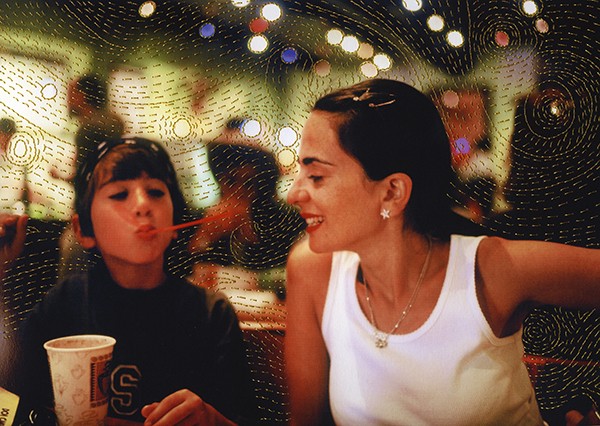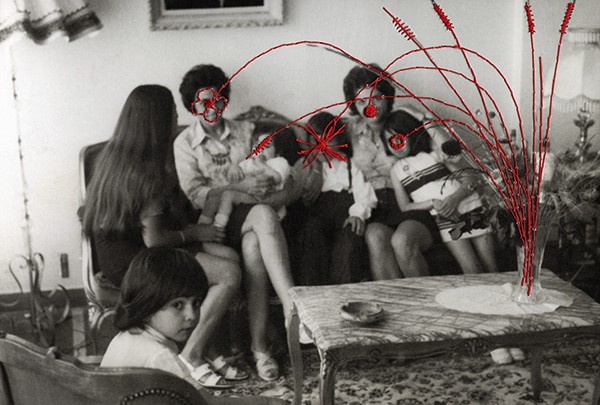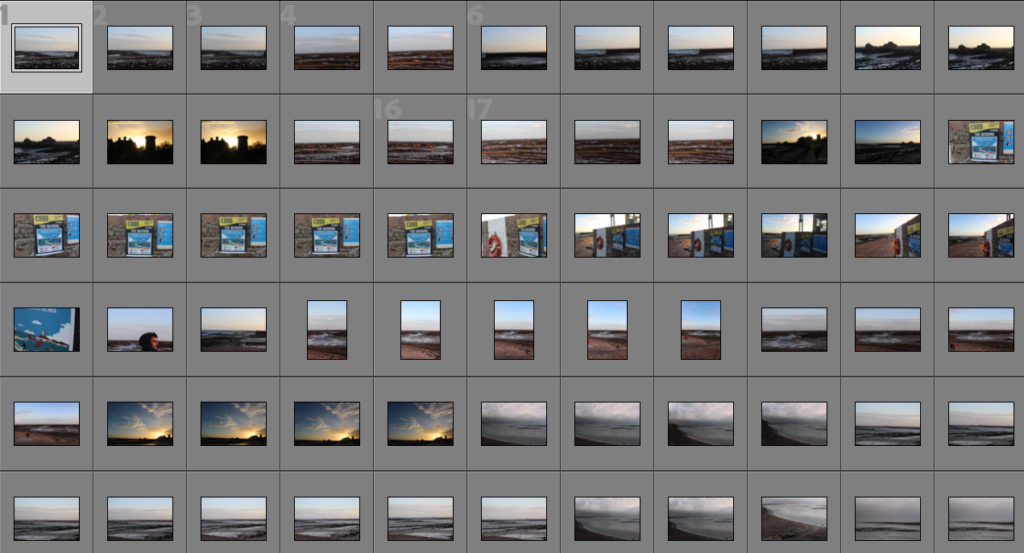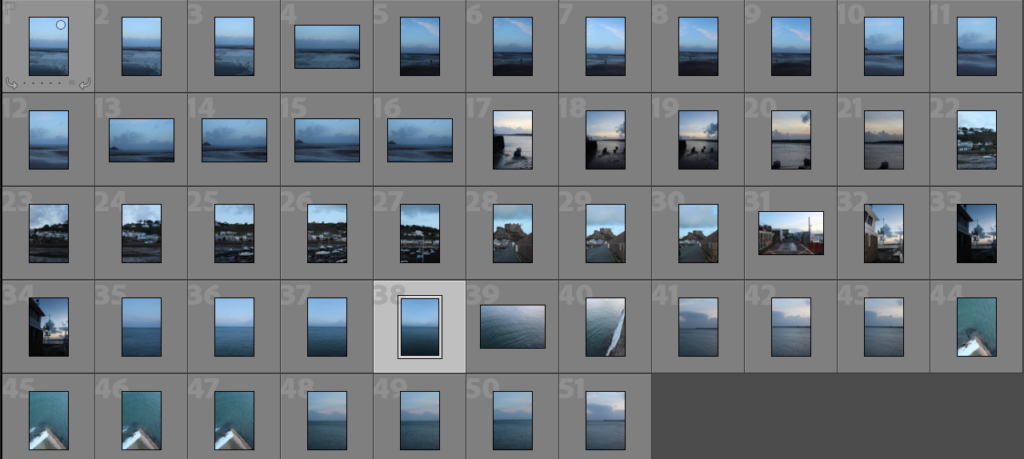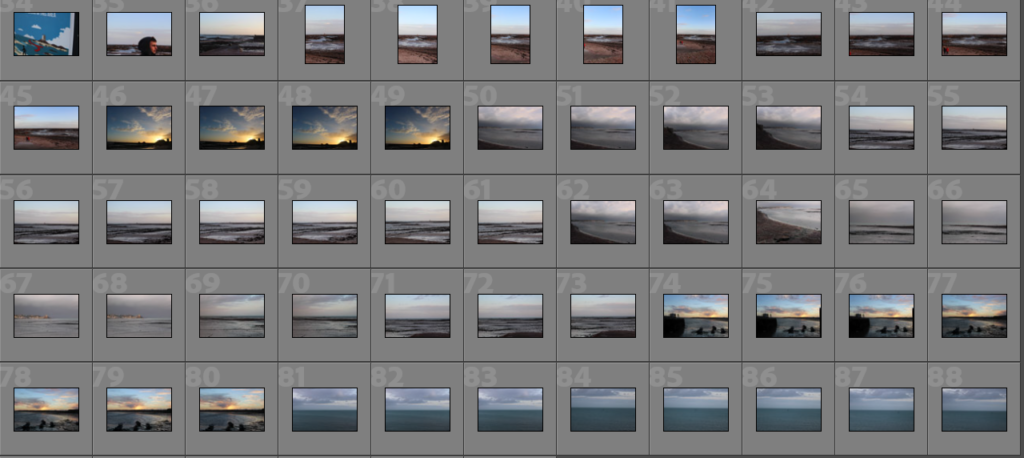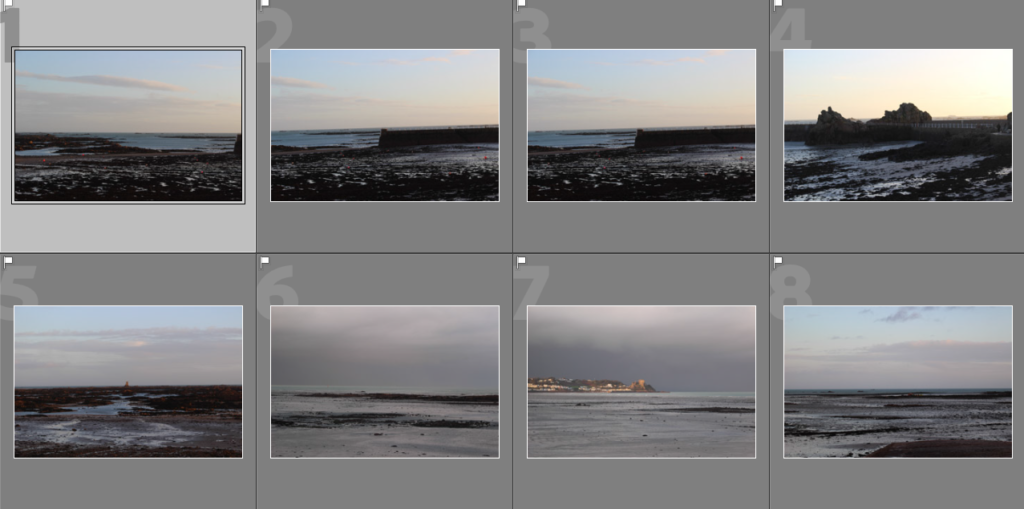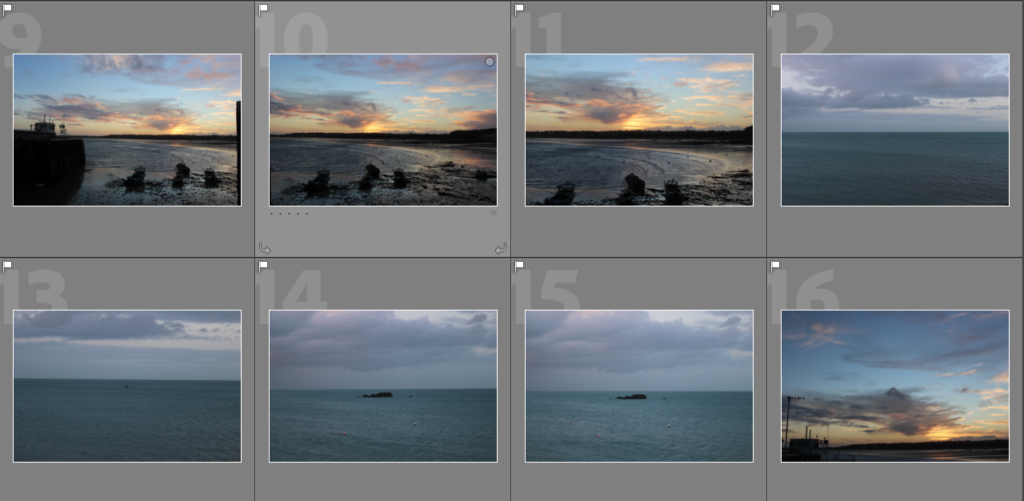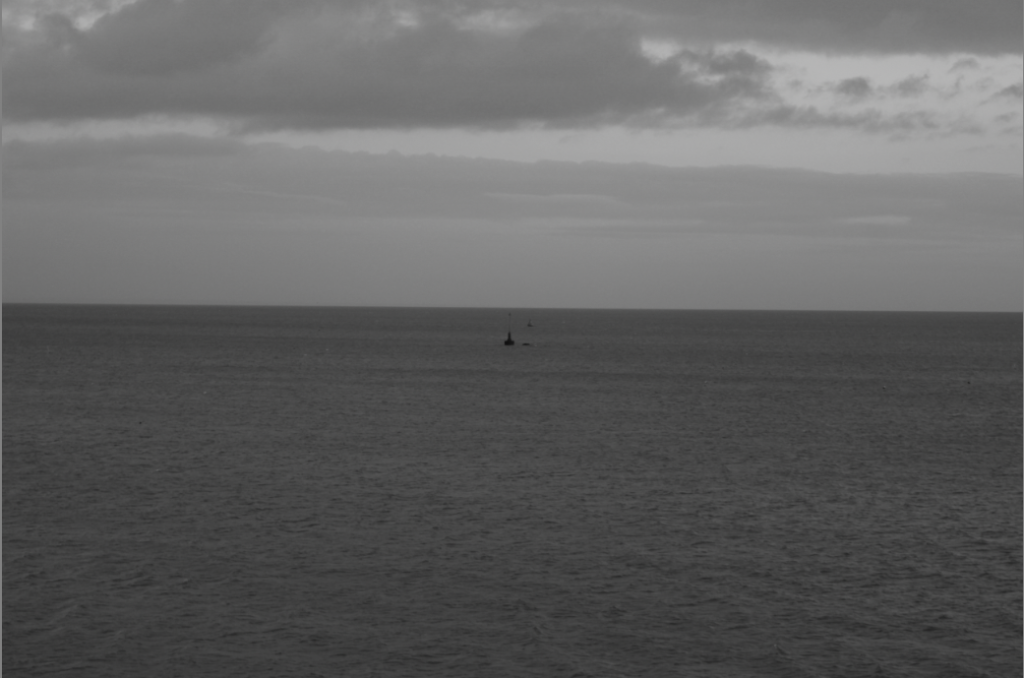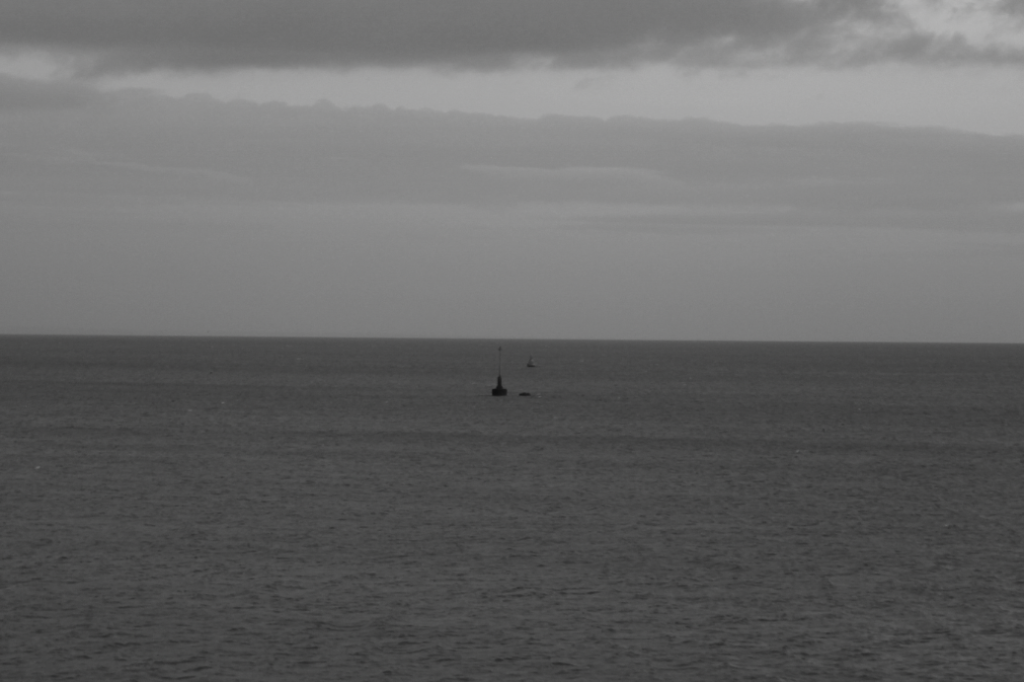1. Research a photo-book and describe the story it is communicating with reference to subject-matter, genre and approach to image-making.
I have chosen Photo Souvenirs by Carolle Benitah as I feel the story behind the book is well portrayed. For the first few pages all the photos are in black and white which I feel is showing her when she was a baby who grew into a toddler, there are pops of the colour red in most of the photos which she has done by either using embroidery techniques, needle and thread or bead work. I find the colour choice interesting as it has many different meanings, some being positive but others are negative. I think that Benitah is trying to portray courage and strength through her images as she was raised in a strict household where she was taught that only girls who come from a “good family” would learn to embroider and she wanted to go against this through her photos, rewriting her past.


2. Who is the photographer? Why did he/she make it? (intentions/ reasons) Who is it for? (audience) How was it received? (any press, reviews, awards, legacy etc.)
Photo Souvenirs is a book made by Carolle Benitah who focuses on archival photos of her family as well as using different techniques to manipulate each photo. Her main intention with the book is to show how using these photos she has got a deeper knowledge of her identity through looking a photos when she was younger which she might not remember. Through the way she edits each photo she tells a more in-depth story as well as portraying her feelings to each individual person. Benitah says that every hole she made with her needle it was like killing one of her demons from her past, I think that she used it as a way to relive those memories but transform/ manipulate them into something she wants.
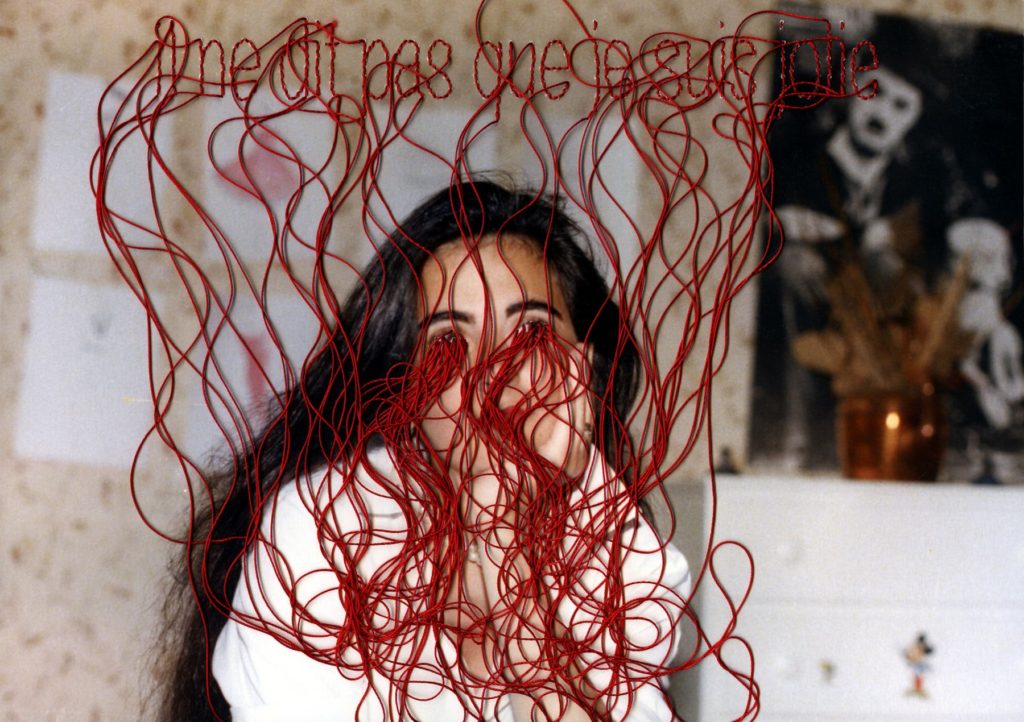

3. Deconstruct the narrative, concept and design of the book and apply theory above when considering:
Benitah’s book has a hard cover displaying one of her manipulations which is wrapped around the front and back. It is a portrait designed book which is slightly small then A4, it has a matt finish leaving it smooth to the touch. For the title, she has called it Photo Souvenirs which is linked throughout the book by her using archival photos from her childhood and past. She chose a simple but bold font which stands out on the front of her book, it has been pressed into the cover of the photobook as well as being made with a shiny gold colour. Throughout the book she has used the same type of paper which is thick and good quality. Benitah starts by using only black and white photos which I believe has its own meaning behind it, but slowly transitions into all coloured photos as well as using different colours of string in her manipulation of each photo. Carolle Benitah alternates between many ways of presenting her photos on each page of her photobook, some might be across both pages and some might only cover half of a page leaving the other blank. I think that Benitah has created a clever sequence of photos throughout the book, from the beginning to the end the viewer is seeing a chronological story of her life which she has tried to turn into something she wants to remember and enjoy instead of what she actually remembers.
